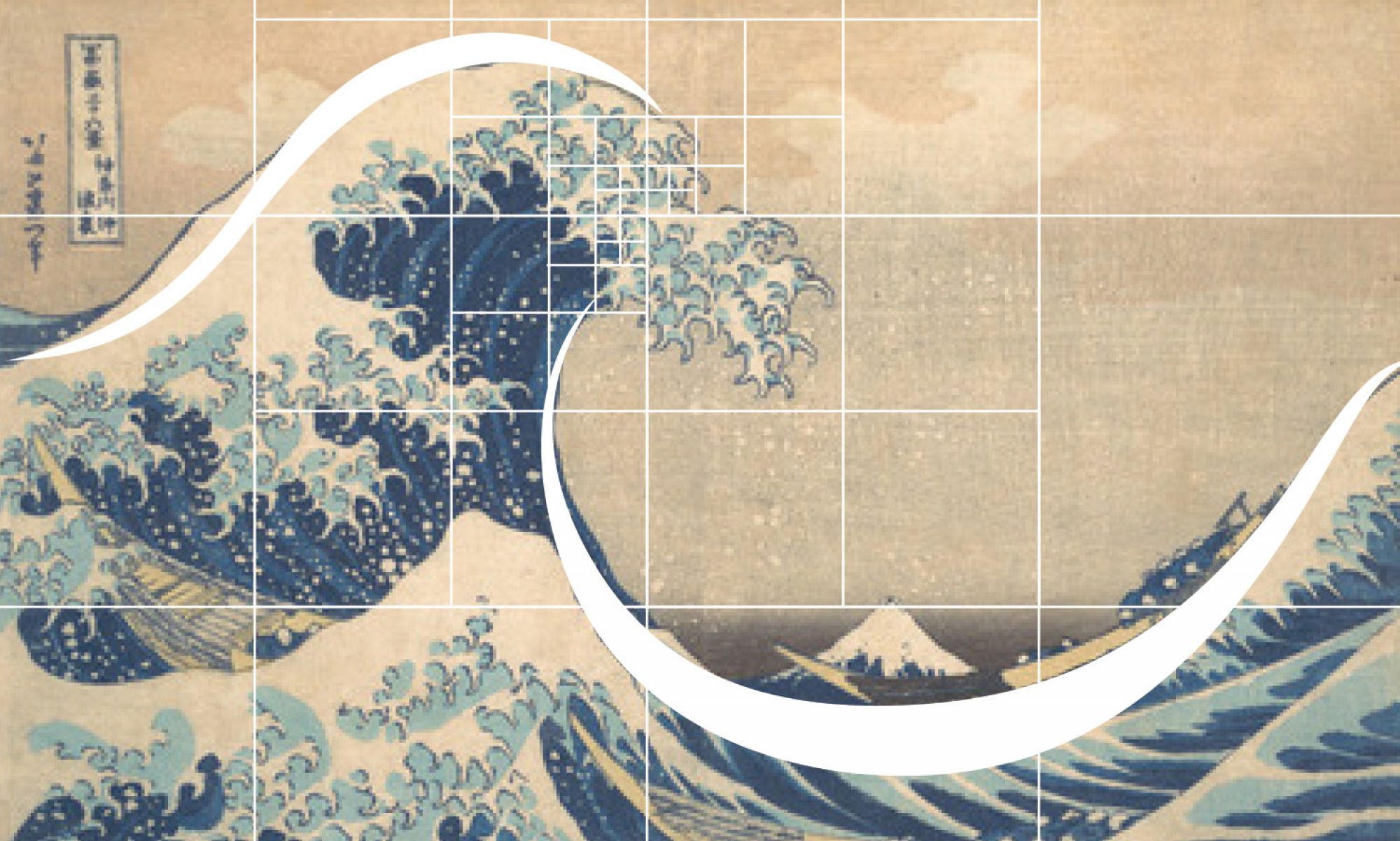https://www.researchgate.net/publication/344482865
Dommermuth et al. (2014) shows that windrows form due to the action of breaking waves. Foam, biological material, flotsam, and jetsam surf the fronts of breaking waves. The surfing action of the breaking waves scrubs the free surface clean like a wedge plow on a train clears snow. Each successive pass of a breaking wave increases the length of the windrows. This surfing mechanism differs from Langmuir (1938)’s original hypothesis that the “seaweed accumulated in streaks because of transverse surface currents converging toward the streaks.” There is a sweet spot for forming long rectilinear windrows whereby there is surfing followed by spilling of foam, flotsam, jetsam, etc. off to the sides of the whitecaps. Windrows are less likely to persist if the whitecaps are long crested. When whitecaps are too long transverse to the wind, successive passes of breaking waves tend to break up the windrows. Conversely, if whitecaps are too narrow transverse to the wind, there is no surfing to line up foam, flotsam, jetsam, etc.
